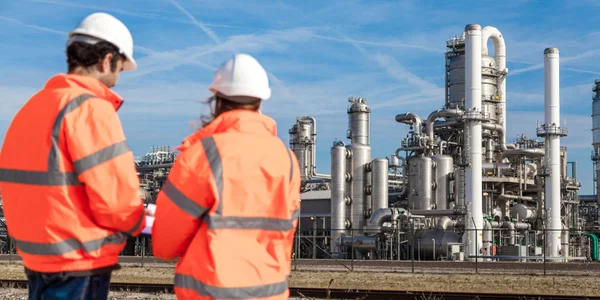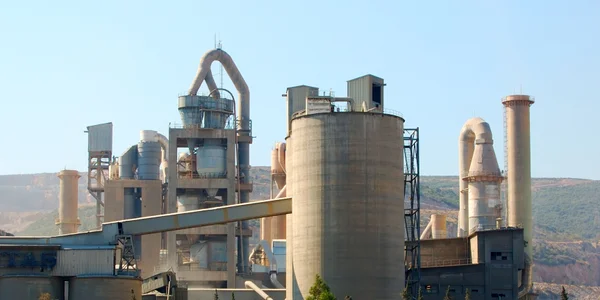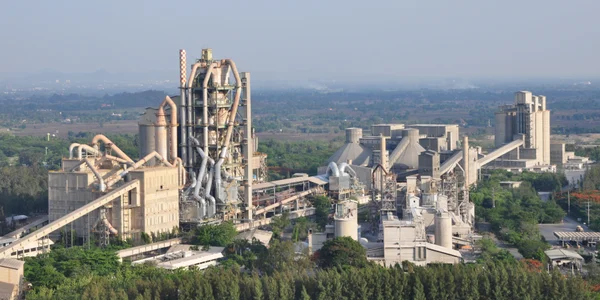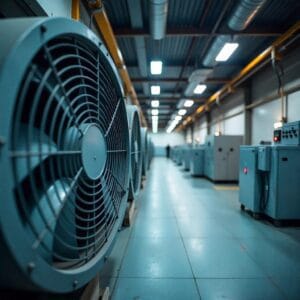Bureaux
SIÈGE SOCIAL

Allemagne
- Filtre intensif Himenviro Technologies GmbH
Neustraße 45 - 49, 42553, Velbert, Deutschland/Allemagne - +49 20534200990
BUREAU RÉGIONAL

Grande-Bretagne
- Filtre intensif Himenviro UK Limited
47, Bath Street WS13BX, Wallsall West Midlands, Grande-Bretagne - +44 1922 628893
BUREAU RÉGIONAL

Émirats arabes unis
- Filtre intensif Himenviro Technologies FZE – LLC
Centre d'affaires, Sharjah Publishing City Free Zone, Sharjah, Émirats arabes unis - +971-556074697
BUREAU RÉGIONAL

Inde
- Filtre intensif Himenviro Private Limited
D-247/11, Secteur-63, Noida - 201301, Uttar Pradesh, Inde - +91-120-4642-500
BUREAU RÉGIONAL

Inde
- Filtre intensif Himenviro Private Limited
D-247/11, Secteur-63, Noida - 201301, Uttar Pradesh, Inde - +91-120-4642-500
BUREAU RÉGIONAL

Inde
- Filtre intensif Himenviro Private Limited
D-247/11, Secteur-63, Noida - 201301, Uttar Pradesh, Inde - +91-120-4642-500
Solutions de filtration de l'air et de la poussière pour l'acier et le métal
Les industries de l'acier et de la métallurgie génèrent des niveaux élevés de polluants atmosphériques, notamment des poussières fines, des particules métalliques et des fumées. Sans contrôle, ces polluants peuvent entraîner une contamination environnementale, des risques pour la santé des travailleurs et des dommages aux équipements. Nos systèmes de filtration de l'air et des poussières sont conçus pour gérer ces environnements exigeants, capturant les émissions issues des processus de fusion, de fusion, de moulage et de finition. Conçues pour résister aux températures élevées et aux charges particulaires, nos solutions améliorent la qualité de l'air, renforcent la conformité réglementaire et préservent le bien-être des employés, garantissant ainsi un environnement de production plus propre et plus sûr.
Procédé de filtration des poussières dans l'industrie sidérurgique et métallurgique
Le four à arc électrique est utilisé pour la fabrication d'aciers de construction, d'aciers de haute qualité et aciers inoxydables. De plus, il est utilisé pour la fabrication de carbures et de cristaux synthétiques.
Les installations de dépoussiérage pour fours à arc électrique extraient et épurent entièrement les gaz résiduaires primaires du four à arc, ainsi que les gaz résiduaires secondaires produits lors de la fusion, de l'écoulement ou du chargement et du décrassage. Les gaz résiduaires qui se forment dans le four à cuve, lors de la manutention des matériaux et dans d'autres installations annexes sont extraits et traités.

Filtre pour hotte de toit
Filtre pour EAF
- 1. Capot de toit
- 2. Filtre pour hotte de toit
- 3. Ventilateur
- 4. Cheminée
- 5. Four à arc électrique
- 6. Tubes refroidis par eau
- 7. Échangeur de chaleur
- 8. Filtre pour EAF
- 9. Ventilateur
- 10. Convertisseur
Spécifications requises
Titre du filtre PJM
Données de conception typiques | Capot de toit |
|---|---|
Volume de gaz | 1,000,000 |
Température du gaz | 80 |
Type de poussière | Résidus de combustion d'oxydes de fer |
Teneur en poussières résiduelles | < 10 |
Teneur en poussières de gaz brut | < 5 |
Nettoyage | en ligne / hors ligne |
Matériau filtrant | Polyester |
Conception protégée contre les explosions | pas nécessaire |
Absorbant | pas nécessaire |
Titre du filtre PJM
Données de conception typiques | Four à arc électrique |
|---|---|
Volume de gaz | 120,000 |
Température du gaz | 120 |
Type de poussière | Résidus de combustion d'oxydes de fer |
Teneur en poussières résiduelles | < 10 |
Teneur en poussières de gaz brut | < 5 – 10 |
Nettoyage | en ligne / hors ligne |
Matériau filtrant | Polyester |
Conception protégée contre les explosions | pas nécessaire |
Absorbant | pas nécessaire |
Applications pour le contrôle des poussières d'acier et de métal
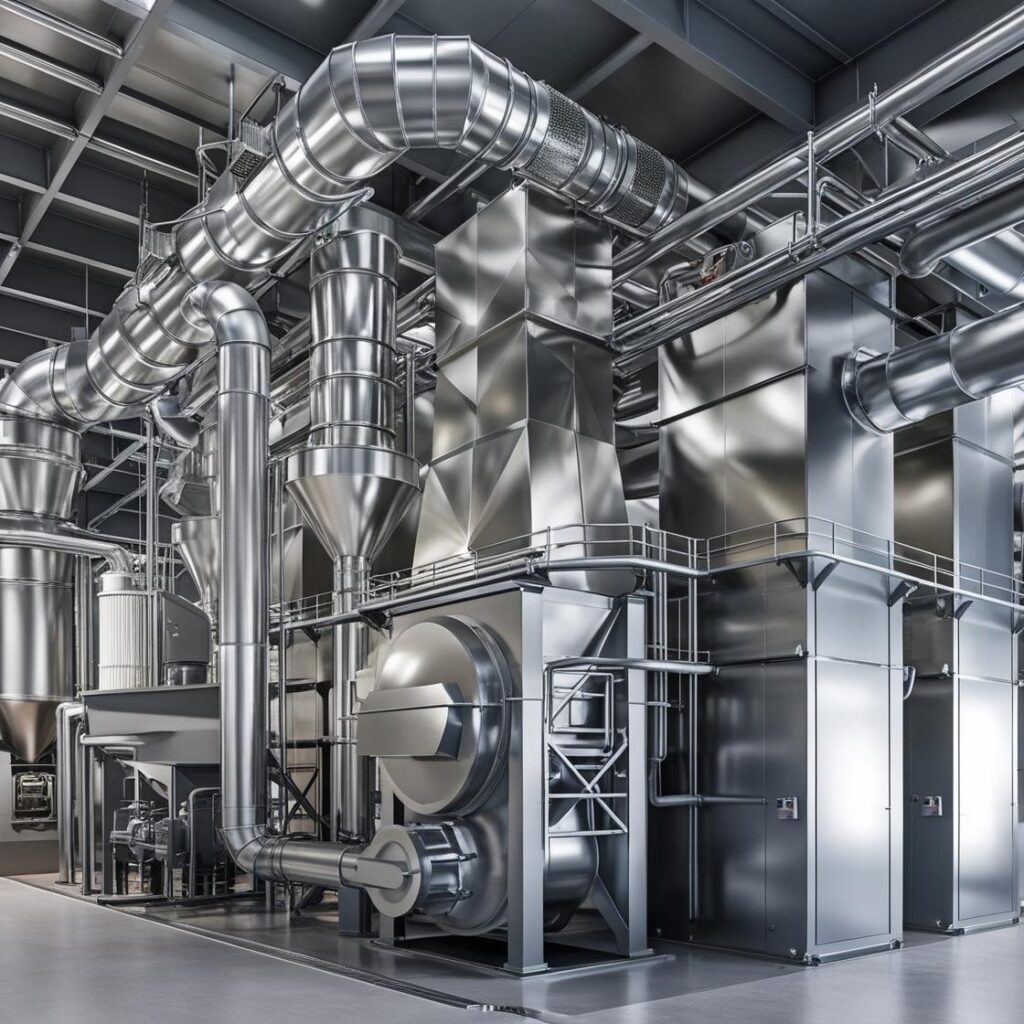
Contrôle la poussière et les fumées libérées lors de la fusion et de la fusion, capturant les particules dangereuses générées dans les fours à haute température.

Réduit les émissions provenant des opérations de coulée, en capturant les particules en suspension dans l’air et les fumées métalliques qui peuvent avoir un impact sur la qualité de l’air.

Élimine la poussière fine et les copeaux de métal produits lors du meulage et du polissage, empêchant les contaminants d'affecter la qualité du produit et la sécurité des travailleurs.
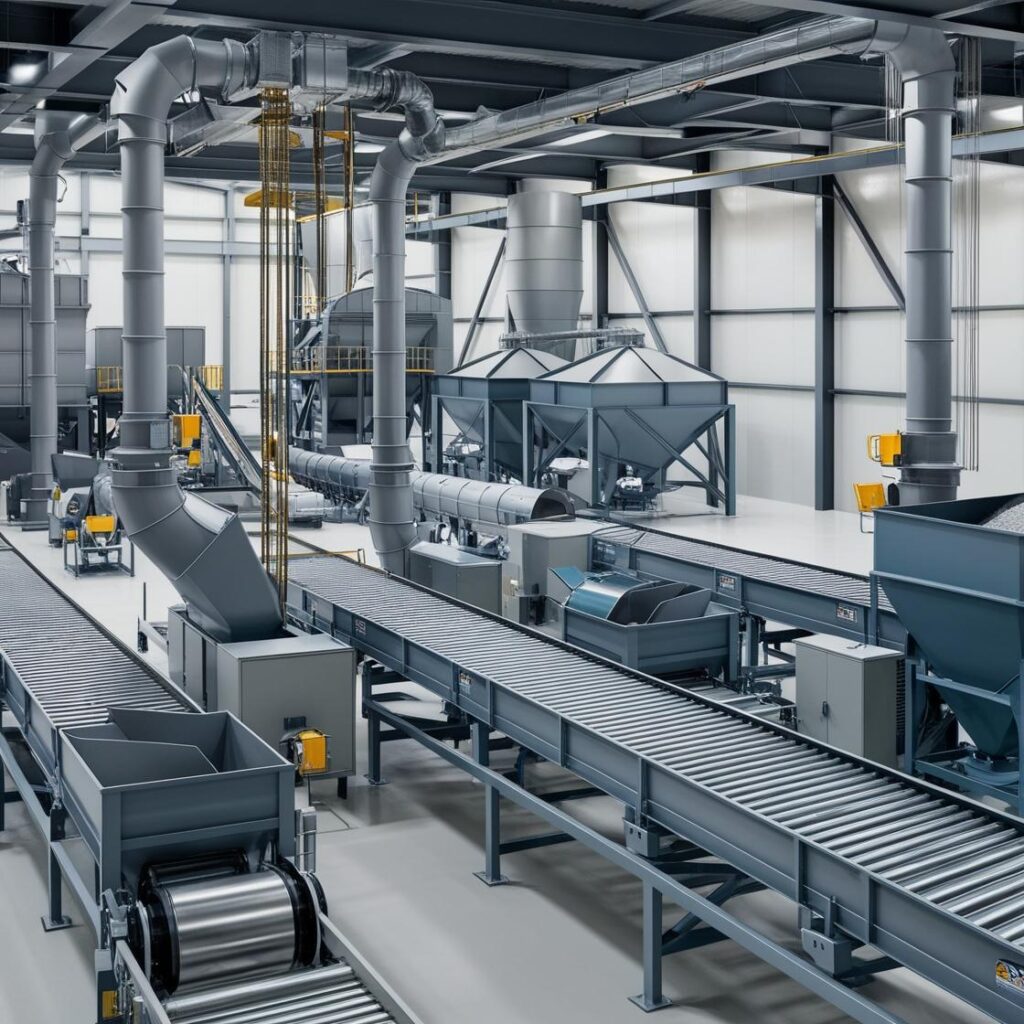
Contrôle la poussière générée lors de la manutention, du transport et du stockage des matériaux, minimisant ainsi la libération de particules dans l'environnement de travail.
Paysage réglementaire pour le contrôle de la poussière |
|---|
Conformité aux normes de qualité de l'air |
Conformité en matière de santé et de sécurité des travailleurs |
Prévention des risques d'incendie et d'explosion |
Conformité en matière de protection de l'environnement |
Surveillance des émissions en temps réel |
Résistance à la chaleur |
Maintenance et temps d'arrêt réduits |
Assurance qualité des produits |
Coûts opérationnels réduits |
Défis liés au contrôle de la poussière |
|---|
Niveaux élevés de poussière et de fumée |
Risques pour la santé des travailleurs liés aux particules métalliques |
Réglementations environnementales strictes |
Risques d'incendie et d'explosion |
Contamination des produits finis |
Usure des équipements due à la poussière abrasive |
Exigences de tolérance à la température |
Gestion de grands volumes de collecte de poussière |
Minimiser les temps d'arrêt liés à la maintenance |
Considérations clés pour un contrôle efficace de la poussière |
|---|
Capture ciblée aux points d'émission |
Durabilité à haute température |
Contrôle optimisé du flux d'air et de la pression |
Matériaux de filtration résistants à la chaleur |
Protocoles d'entretien réguliers |
Conformité aux normes de l'industrie |
Solutions flexibles et personnalisées |
Atténuation des risques liés aux risques de combustion |
Systèmes dédiés aux différentes étapes de production |
Contactez-nous pour une consultation d'expert
Découvrez nos autres services !
Questions fréquemment posées
Dans la transformation de l'acier et des métaux, les systèmes de filtration courants comprennent les filtres à manches, les électrofiltres (ESP), les épurateurs humides et les séparateurs à cyclone. Les filtres à manches utilisent des sacs en tissu pour capturer les particules de poussière, tandis que les ESP utilisent des charges électriques pour éliminer les particules des gaz d'échappement. Les épurateurs humides éliminent les polluants par l'introduction d'un liquide de lavage, et les séparateurs à cyclone utilisent la force centrifuge pour séparer les poussières des flux gazeux. Le choix du système dépend de facteurs tels que la granulométrie, la température du gaz et les exigences spécifiques du procédé.
Les systèmes de filtration améliorent la qualité de l'air en captant et en éliminant efficacement les particules et les polluants générés lors du traitement des métaux. En réduisant les émissions, ces systèmes aident les installations à se conformer aux réglementations et normes environnementales, minimisant ainsi leur impact environnemental et favorisant un lieu de travail plus sûr.
Les ESP offrent une efficacité élevée pour éliminer les particules fines, atteignant jusqu'à 99%, ce qui est particulièrement avantageux dans la sidérurgie, où les émissions de gaz de combustion contiennent souvent de fines particules de poussière. Ils sont capables de traiter de grands volumes de gaz et fonctionnent efficacement à haute température. De plus, les ESP présentent des pertes de charge relativement faibles, ce qui se traduit par une consommation énergétique réduite en fonctionnement.

